Last Update: 7 Jan 2022.
4.6 Livestock vehicles and drivers
Found in:
Pig Welfare, Slaughter and Biosecurity / Abattoir biosecurity
4.6.1 All livestock vehicle drivers shall be instructed on the correct use of the wash bay, equipment, personal protective equipment (PPE) and its location.
4.6.2 Livestock vehicle drivers shall, within an hour be given sufficient time to effectively cleanse and disinfect their vehicles before leaving site.
4.6.3 It is the responsibility of the driver to ensure each wash bay and PPE is cleaned down and the PPE disinfected, hoses are rolled up and the bays are left clean and tidy after use.
4.6.4 The site shall provide drivers with the opportunity to comment on the facilities provided. Any complaints shall be treated in accordance with the site’s complaints procedure.
4.6.5 The abattoir shall hold an up to date list of all livestock vehicles entering and leaving the site.
4.6.6 All livestock vehicles shall be inspected by appropriately trained site-based personnel prior to the vehicle leaving site. To verify that livestock vehicles are being maintained in good condition and cleansed and disinfected in accordance with the site’s standard operating procedure (SOP).
4.6.7 The site shall develop a checklist that covers the scope of the SOP for the condition, cleansing and disinfection of livestock vehicles. The checklist shall be completed in full to include name of the driver, details of the vehicle including its registration number, condition, time into and out of wash bay and the name of the person carrying out the vehicle inspection and whether the standard was acceptable or not.
4.6.8 Where inspection identifies an issue relating to cleanliness, the vehicle shall be re-cleansed and disinfected to the appropriate standard before it can leave the site. Issues associated with vehicle condition shall be reported to the driver. Root cause and corrective action shall be established and recorded. Recurring issues shall be reported to senior management and to the assured livestock transport scheme body.
4.6.9 Records of vehicle inspections and corrective actions shall be held on file and form part of the completed vehicle inspection checklist.
4.6.10 The site shall have a named person onsite that is responsible for ensuring there are regular verifications in place to ensure all vehicles leaving site are suitably cleansed and disinfected.
Guidance
4.6.2 The site shall have considered this requirement within their risk assessment exercise. Approximate times shall be documented dependent on vehicle type and size within the risk assessment.
The ‘Effective Cleansing of Livestock Vehicles’ report in Appendix 1 of this module suggests that the following vehicle cleansing times are required:
- Artic (triple deck) 2 ¼ hours
- Drawbar combination (double deck) 2 hours
- Rigid (triple deck) 1 ¾ hours
4.6.5 Information of livestock vehicles, cleansing records shall already form part of the site’s data base for monitoring pig deliveries aligned to animal movement documents.
Evidence
4.6.1 Training records of livestock vehicle drivers. Copy of cleaning manual and availability to livestock drivers, list of equipment and PPE.
4.6.2 Record time of a clean down. Discussion with livestock vehicle driver on time and expectation of cleansing time.
4.6.3 Visual inspection of bays for good manufacturing practice (GMP). Review examples of completed feedback questionnaires since the last audit. Review responses aligned to sites complaints procedure and where appropriate evidence of corrective action undertaken.
4.6.5 Review vehicle inspection records and evidence of how issues are resolved.

